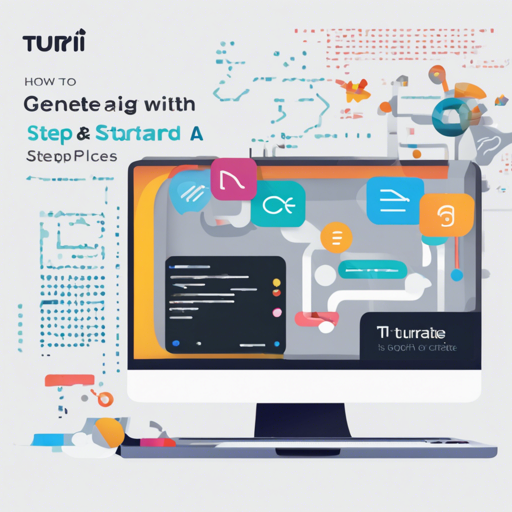Turi Create is a powerful tool that simplifies the development of custom machine learning models. Whether you’re adding recommendations, image classification, or object detection to your application, Turi Create makes it easier for you—even if you’re not a machine learning expert. In this guide, we’ll walk you through the installation process, usage, and potential troubleshooting steps.
Installation Steps
To begin your journey with Turi Create, follow these steps for installation:
- Ensure your system meets the requirements:
- Operating Systems: macOS 10.12+, Linux (glibc 2.10+), and Windows 10 (via WSL).
- Python Versions: 2.7, 3.5, 3.6, 3.7, 3.8.
- Architecture: x86_64.
- Memory: At least 4 GB of RAM.
- To install Turi Create, it is advisable to use a virtual environment for better package management:
pip install virtualenvvenv:# Create a Python virtual environment
cd ~
virtualenv venv
# Activate your virtual environment
source ~venv/bin/activate
conda create -n virtual_environment_name anaconda
conda activate virtual_environment_name(venv) pip install -U turicreateComparative Analogy: A Gardener and the Garden
Imagine a gardener who wants to cultivate a range of beautiful plants. Instead of directly planting seeds in the ground, the gardener decides to create a greenhouse (the virtual environment) to protect the delicate seeds (packages) from the unpredictable weather outside (system conflicts). Inside the greenhouse, the gardener can carefully plant, nurture, and easily monitor the growth of each plant, just as you can manage your machine learning packages seamlessly in a virtual environment.
Building Your First Model
Once you have Turi Create installed, you can create your first image classification model with minimal code:
import turicreate as tc
# Load your image data
data = tc.SFrame('photoLabel.sframe')
# Create the model
model = tc.image_classifier.create(data, target='photoLabel')
# Make predictions
predictions = model.predict(data)
# Export the model for deployment
model.export_coreml('MyClassifier.mlmodel')Troubleshooting Ideas
If you encounter any issues during installation or model building, try the following:
- Ensure your Python version is one of the supported versions listed earlier.
- Check that your virtual environment is activated before trying to install Turi Create.
- For detailed installation guides and common issues, you can refer to the documentation on standard python package installation steps.
- If you’re building from source and facing issues, consult BUILD.md for guidance.
For more insights, updates, or to collaborate on AI development projects, stay connected with fxis.ai.
Additional Resources
For assistance with using Turi Create, the package [User Guide] and [API Docs] provide details on various functionalities of the library.
Conclusion
At fxis.ai, we believe that such advancements are crucial for the future of AI, as they enable more comprehensive and effective solutions. Our team is continually exploring new methodologies to push the envelope in artificial intelligence, ensuring that our clients benefit from the latest technological innovations.

